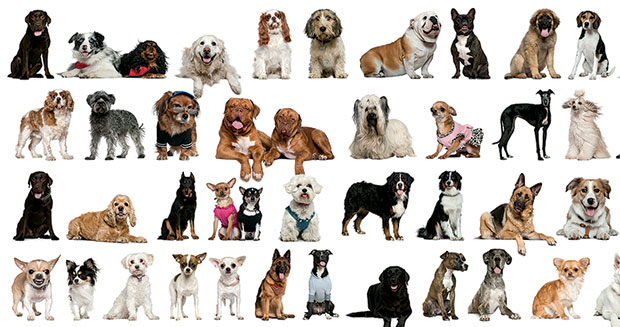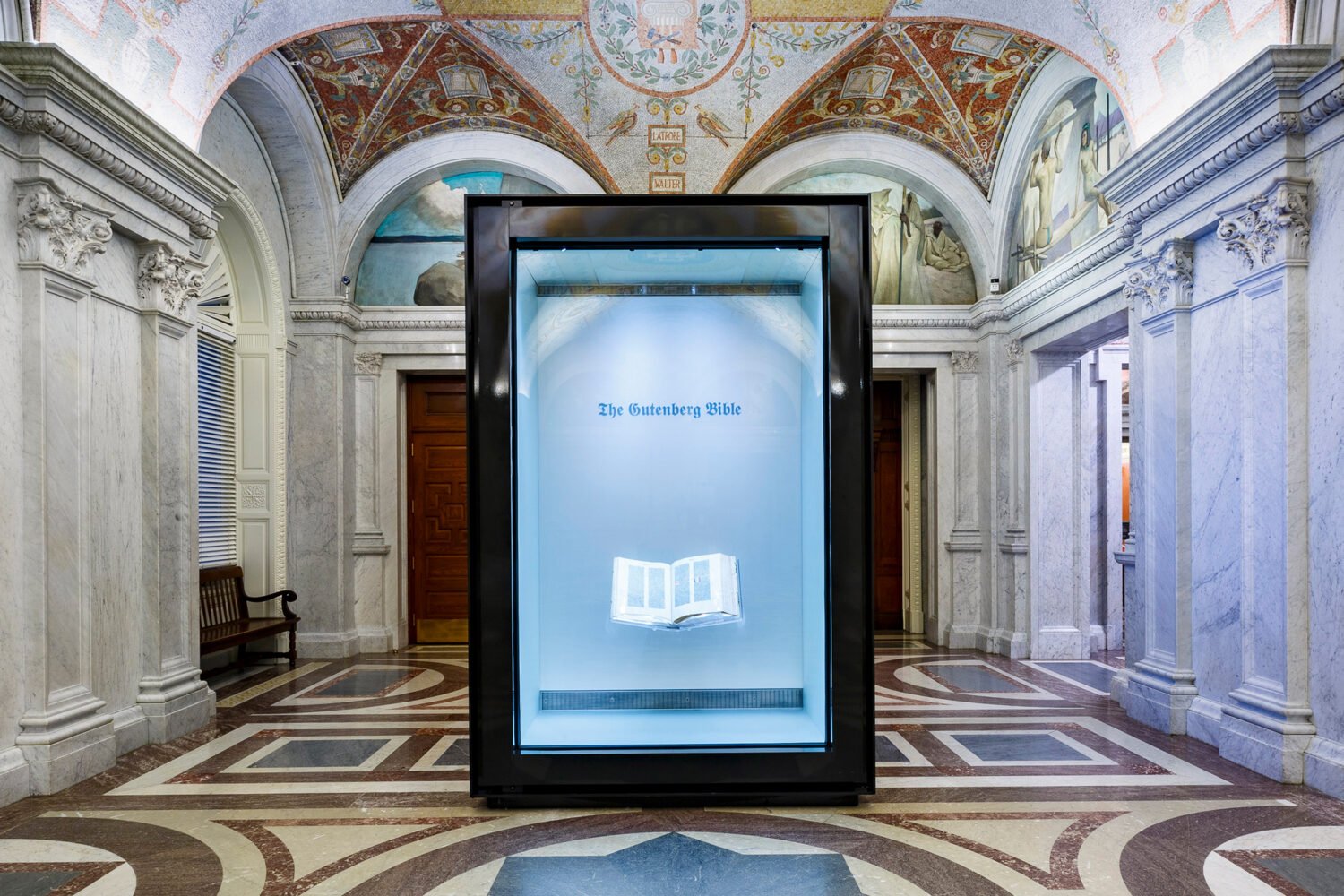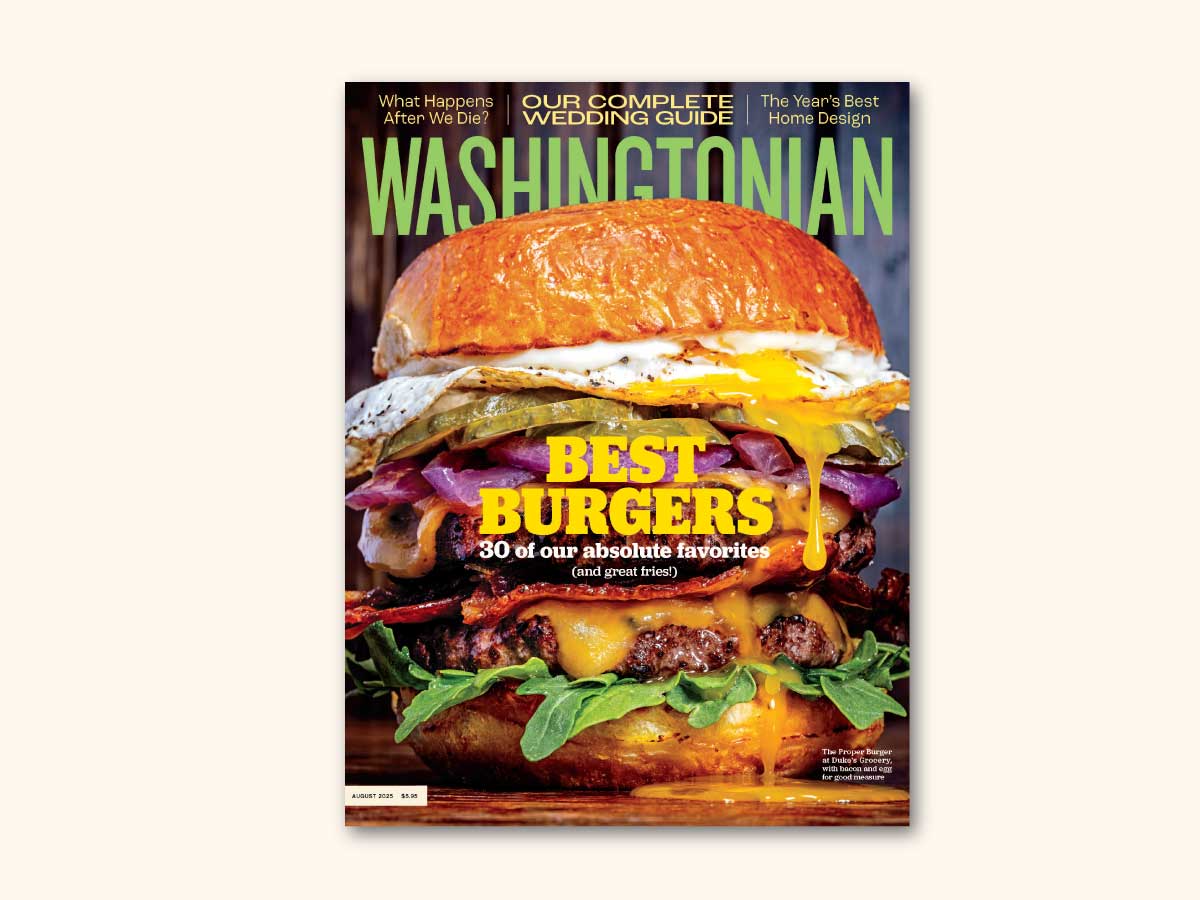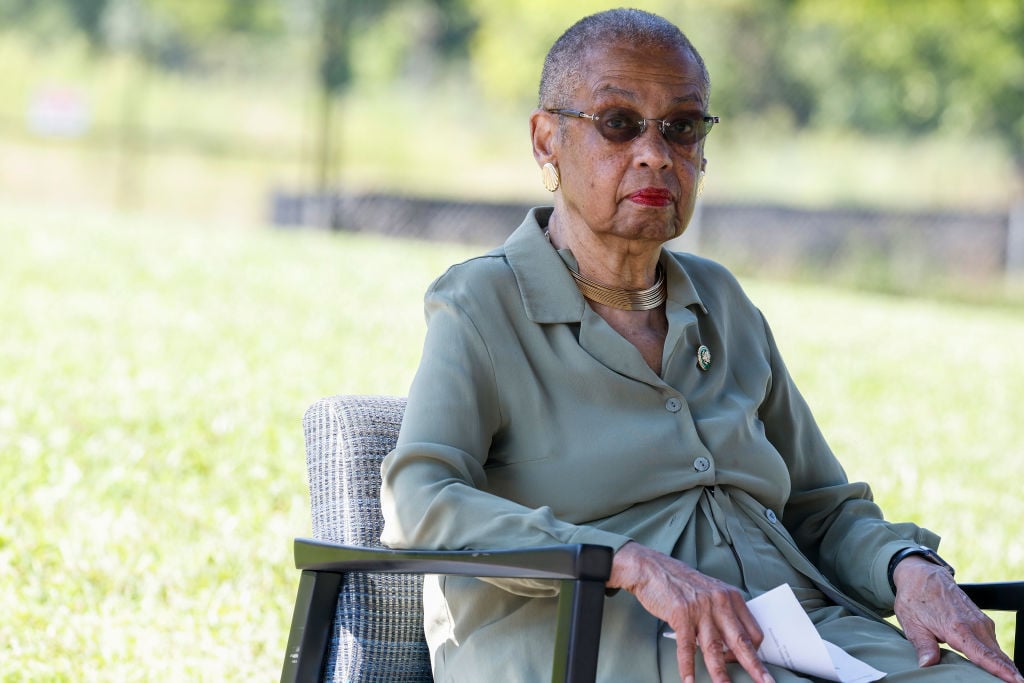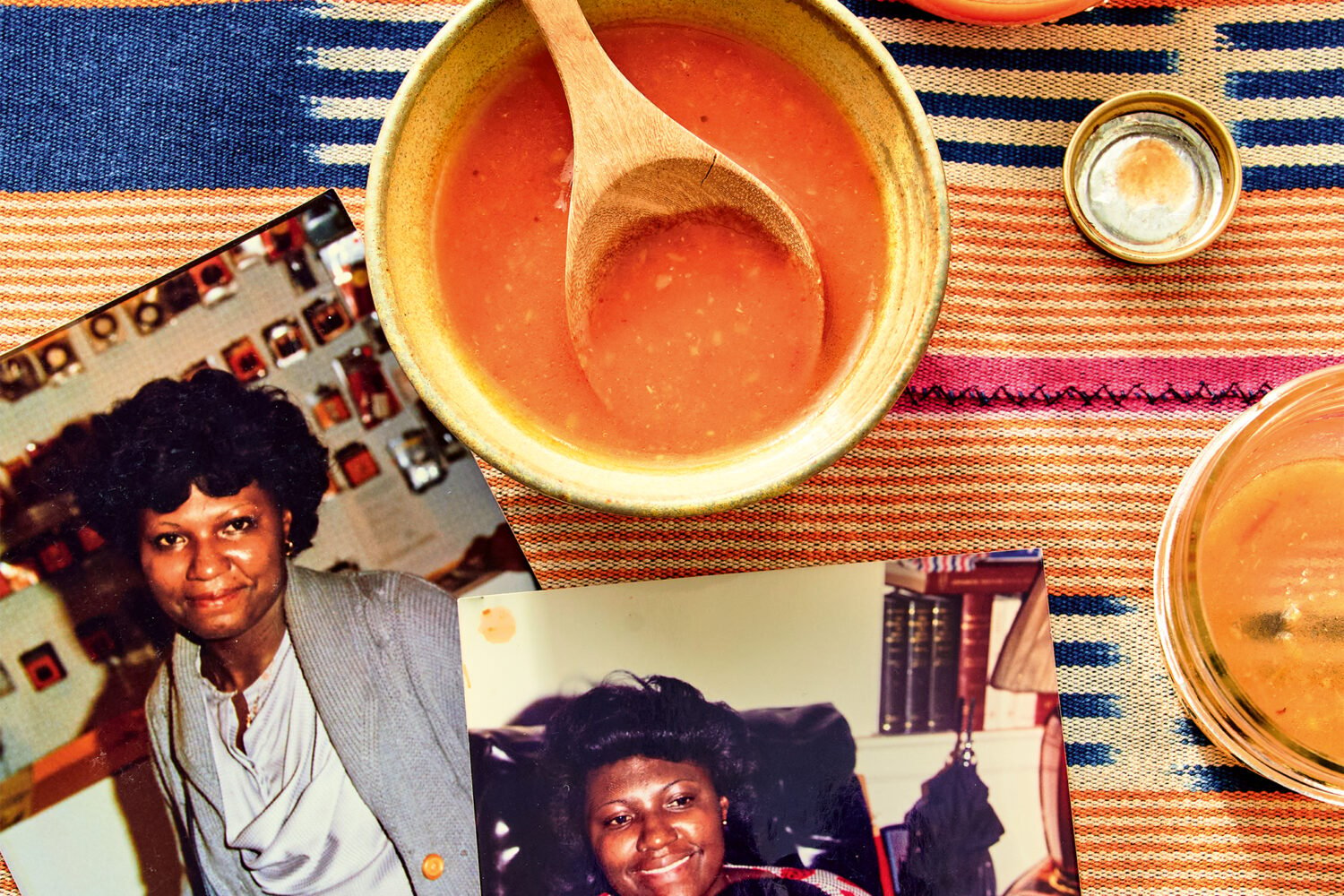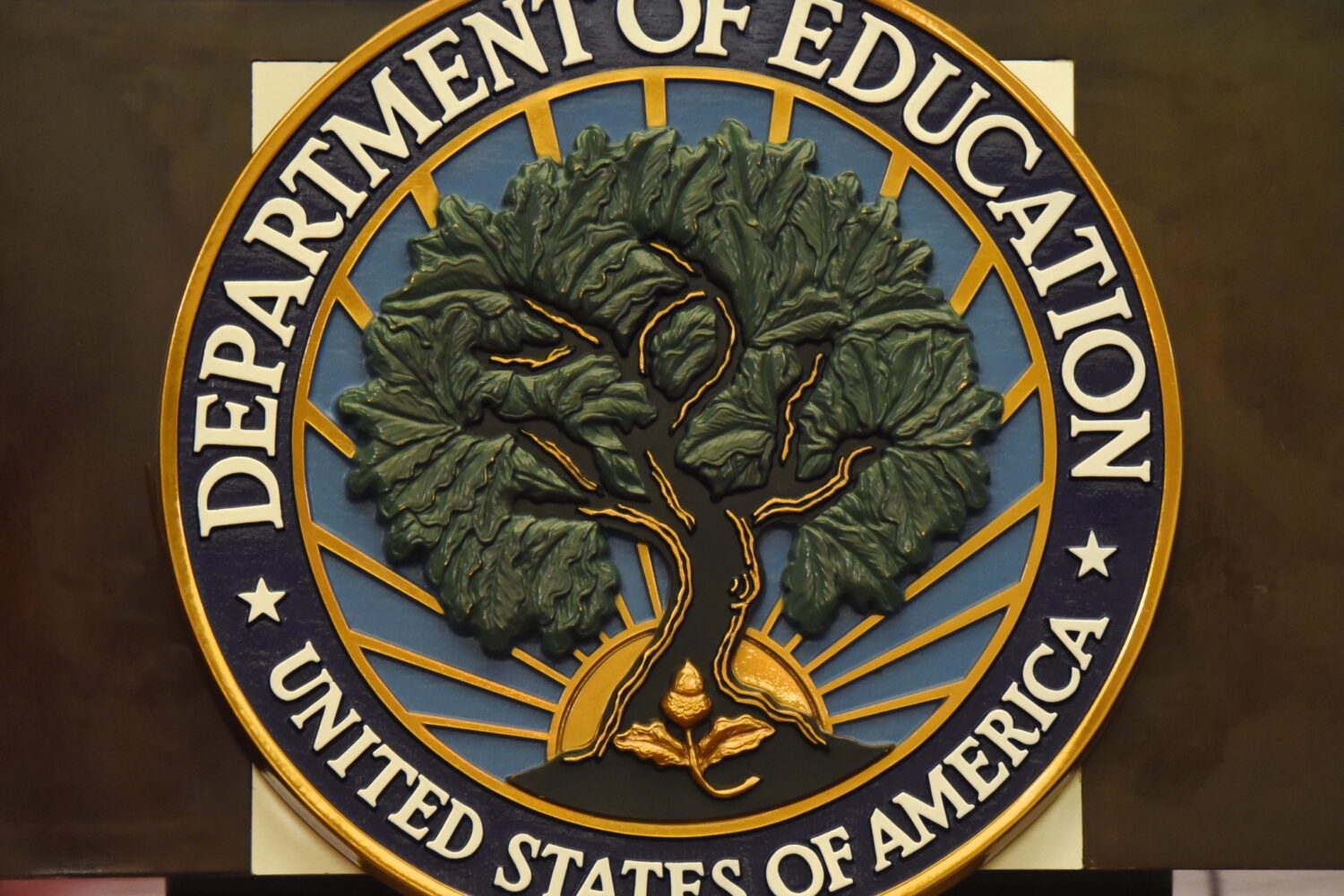Chelsea patiently sits on the sidewalk in front of PetMAC in DC’s Tenleytown. Strapped around her chest is a vest that reads “Adopt Me!” Couples, families with children, and a few single women mill about, patting dogs’ heads and extending hands to be sniffed. Chelsea, like many shelter dogs, was just hours away from the end of her life when she was saved by strangers from Washington who saw her picture on Facebook.
A catahoula-leopard mix, Chelsea was brought here from Smyth County, Virginia, by City Dogs Rescue, a nonprofit that removes dogs from overcrowded, “high kill” shelters all over the South and connects them with adoptive families. Many groups are trying to save these animals, but what makes CDR stand out is how it has leveraged social media so effectively: A goal, three years ago, to rescue 36 dogs has bloomed into an adoption program that has saved more than 700.
It all started in 2011 when Gina Tomaselli sent her friend Darren Binder a photo that she found online of a black Lab named Bentley who was about to be put down in a Georgia shelter. “He was young, sweet-looking, and healthy,” Binder says. “A few of us decided to raise some money to get him up to DC.”
Once Bentley was in Washington, Binder and his partner, Dave Liedman, began the search for an adopter. “We were walking around Dupont Circle with Bentley and his “Adopt Me!” bandanna. A woman stopped us and said, ‘I had a black Lab growing up that looked exactly like this dog!’ Within a week, she adopted him.” Says Binder: “We thought if this healthy, young dog was going to die in Georgia and he’s in DC for less than a week and we get him adopted, we need to do more.”
CDR directors credit the Washington environment for their success—through Facebook, they’ve reached a network of passionate, often political volunteers. “The true value of Facebook lies in its ability to connect like-minded individuals on shared passions,” says Hillary Berman, president of Popcorn & Ice Cream, a marketing and consulting firm in Bethesda. “The organizations that rise above the noise do more than just promote themselves; they complement self-serving messages with ones that inform and engage.”
In addition to asking for donations, CDR uses Facebook to post relevant news stories, encourage followers to sign petitions or attend rallies, recruit volunteers to transport dogs from shelters, find foster homes, and offer support for dog owners, or “CDR alumni.” They’ve even enlisted volunteer photographers to create professional-looking photos of dogs needing homes—better pictures mean more “likes,” leading to more followers. Over the past 2½ years, CDR’s Facebook page has drawn 11,000-plus likes.
“Many volunteers are lawyers or work on the Hill,” Binder says. “We’re able to apply the strategies from political and professional organizations to effect change.” One such volunteer is Patricia Kennedy, a senior consultant at Booz Allen who was working with CDR to save two dogs from North Carolina last June when one of the dogs was mistakenly euthanized because of a paperwork error.
“We posted about the situation on Facebook, asking followers to message animal-control leadership and ask for accountability,” Kennedy says. E-mails poured in to Cleveland County Animal Control, and Kennedy partnered with a local group, Clifford’s Army Rescue Extravaganza, to petition the county commissioners to make changes to how the county manages its shelters. Dogs are now held for longer periods, more puppies are vaccinated, and the county-run shelter is getting rid of its gas chamber. In less than a year, the county has reduced its euthanasia rate by 42 percent.
All because of a Facebook page.
This article appears in the May 2014 issue of Washingtonian.

